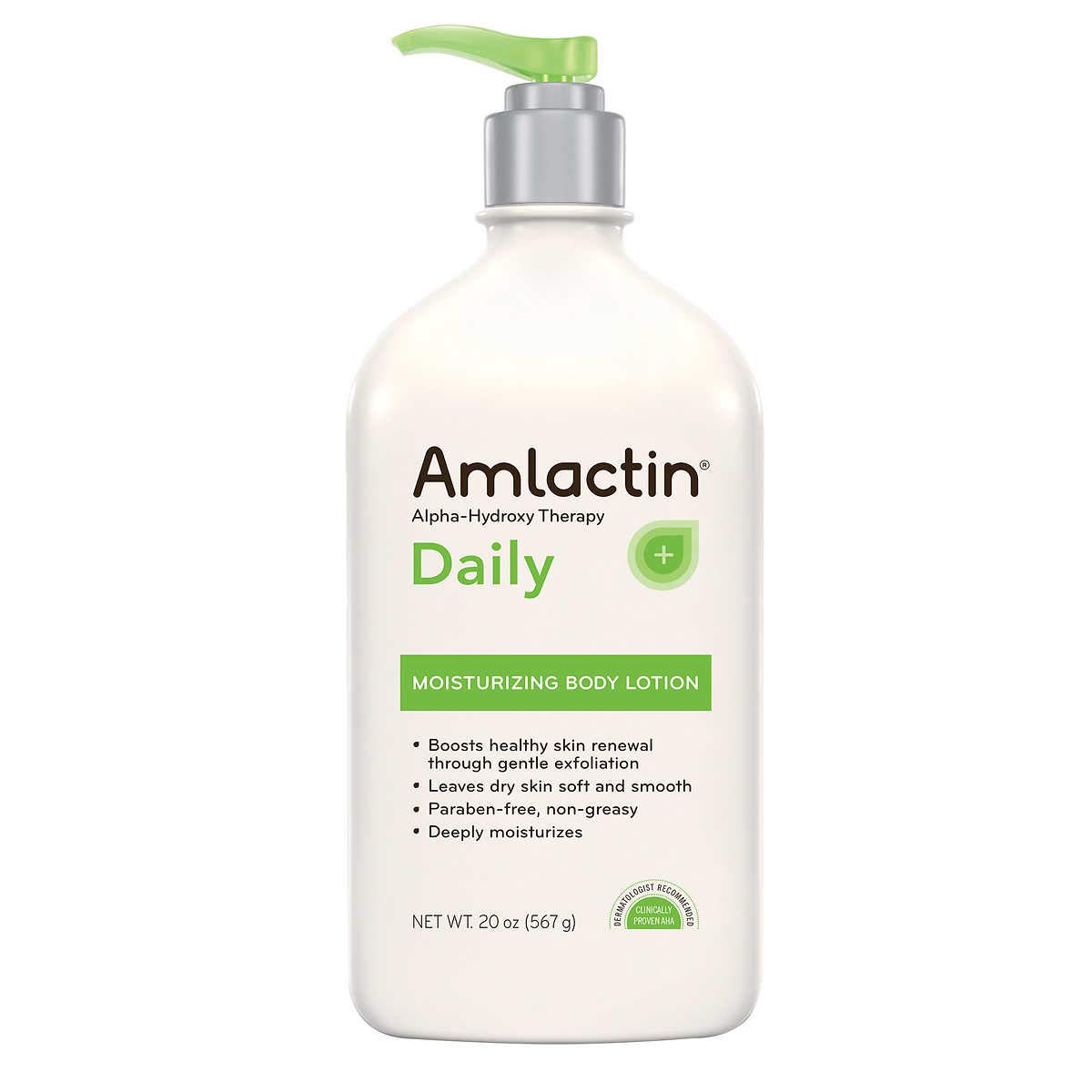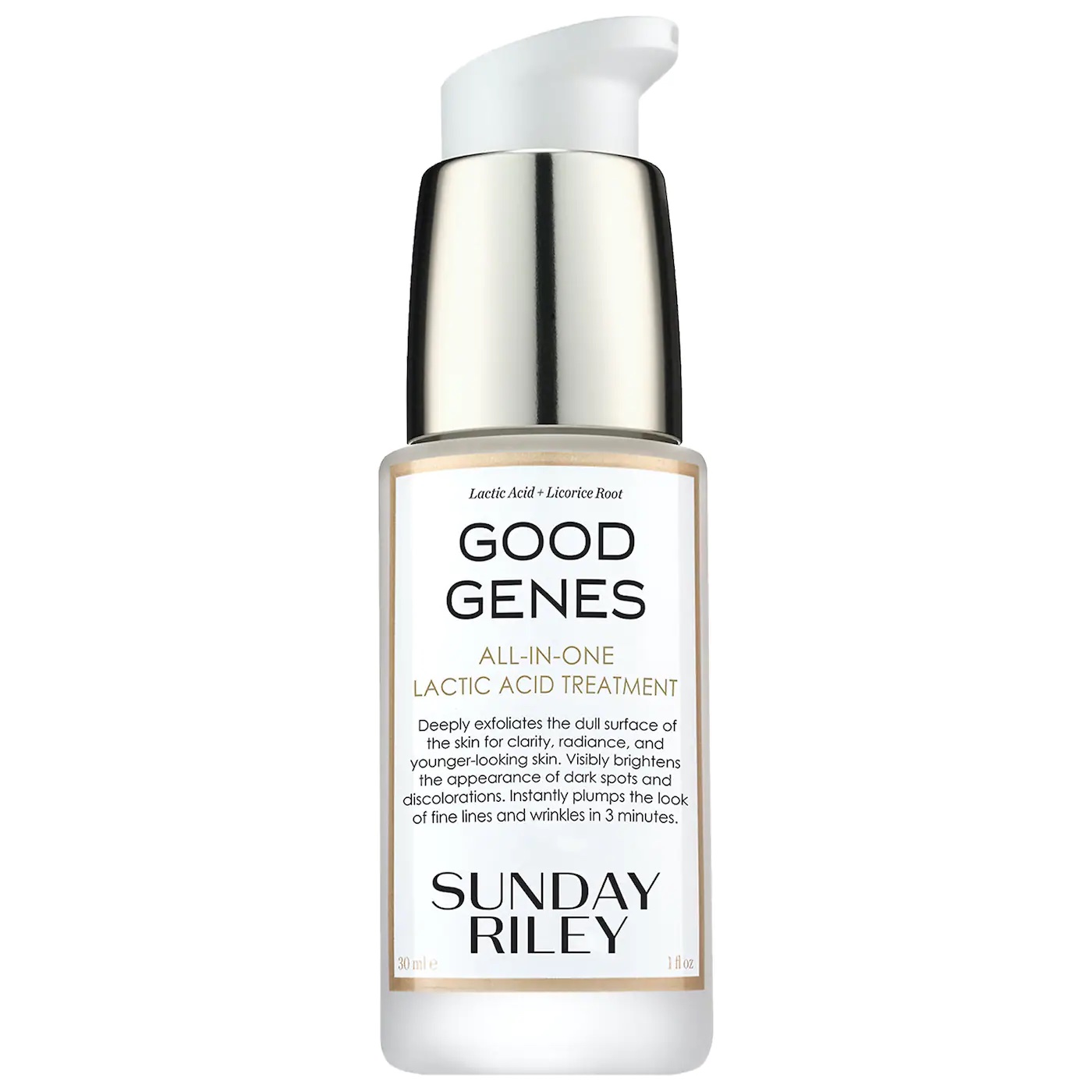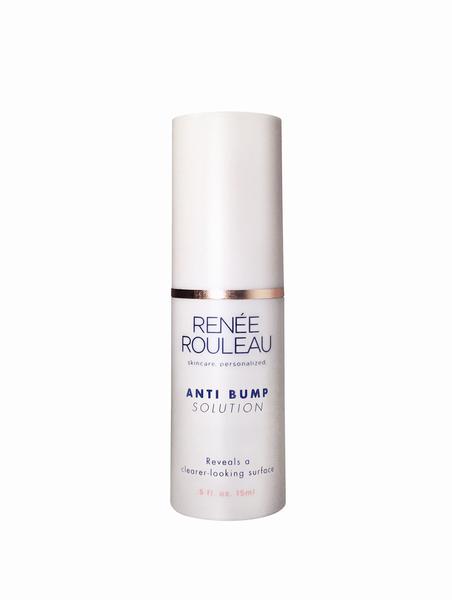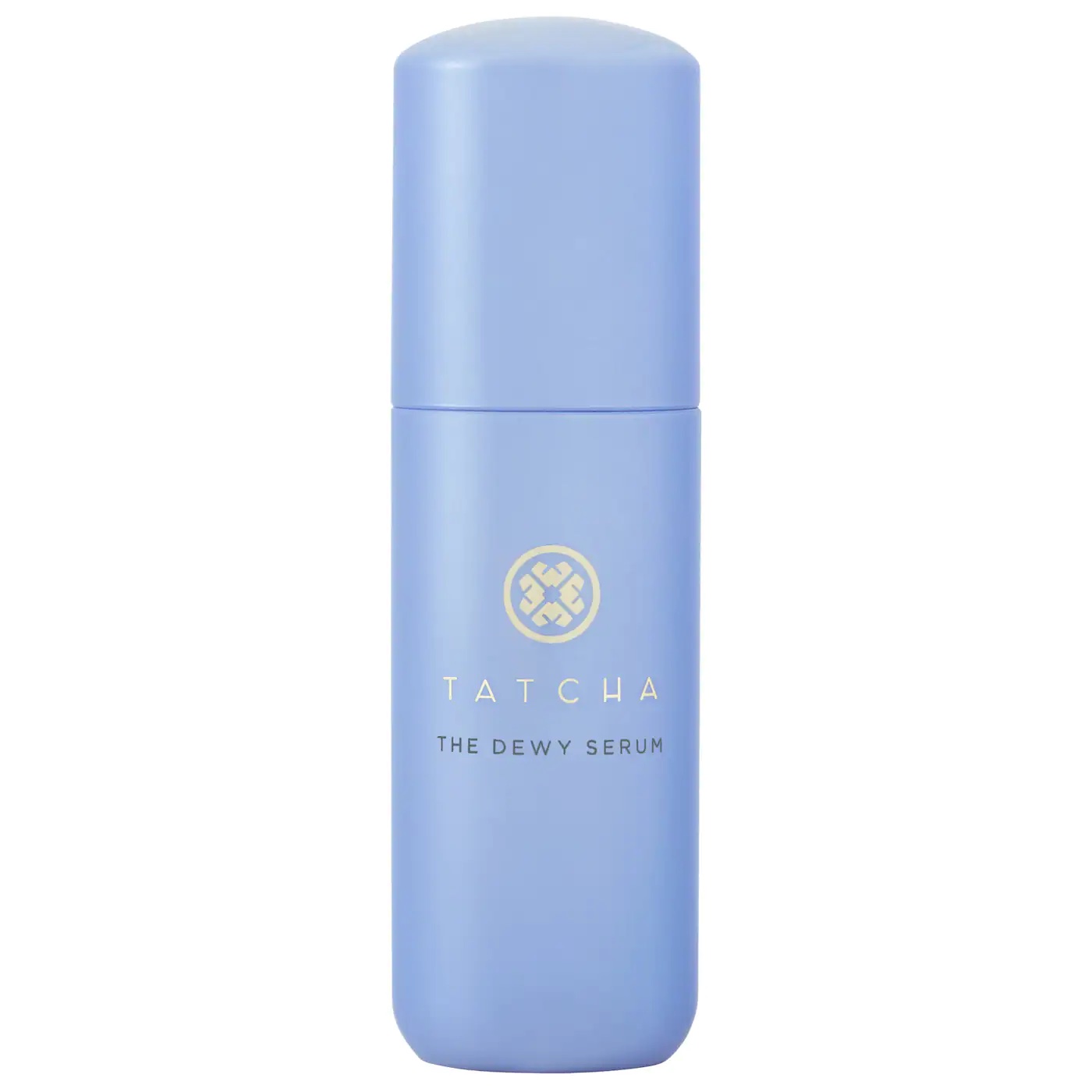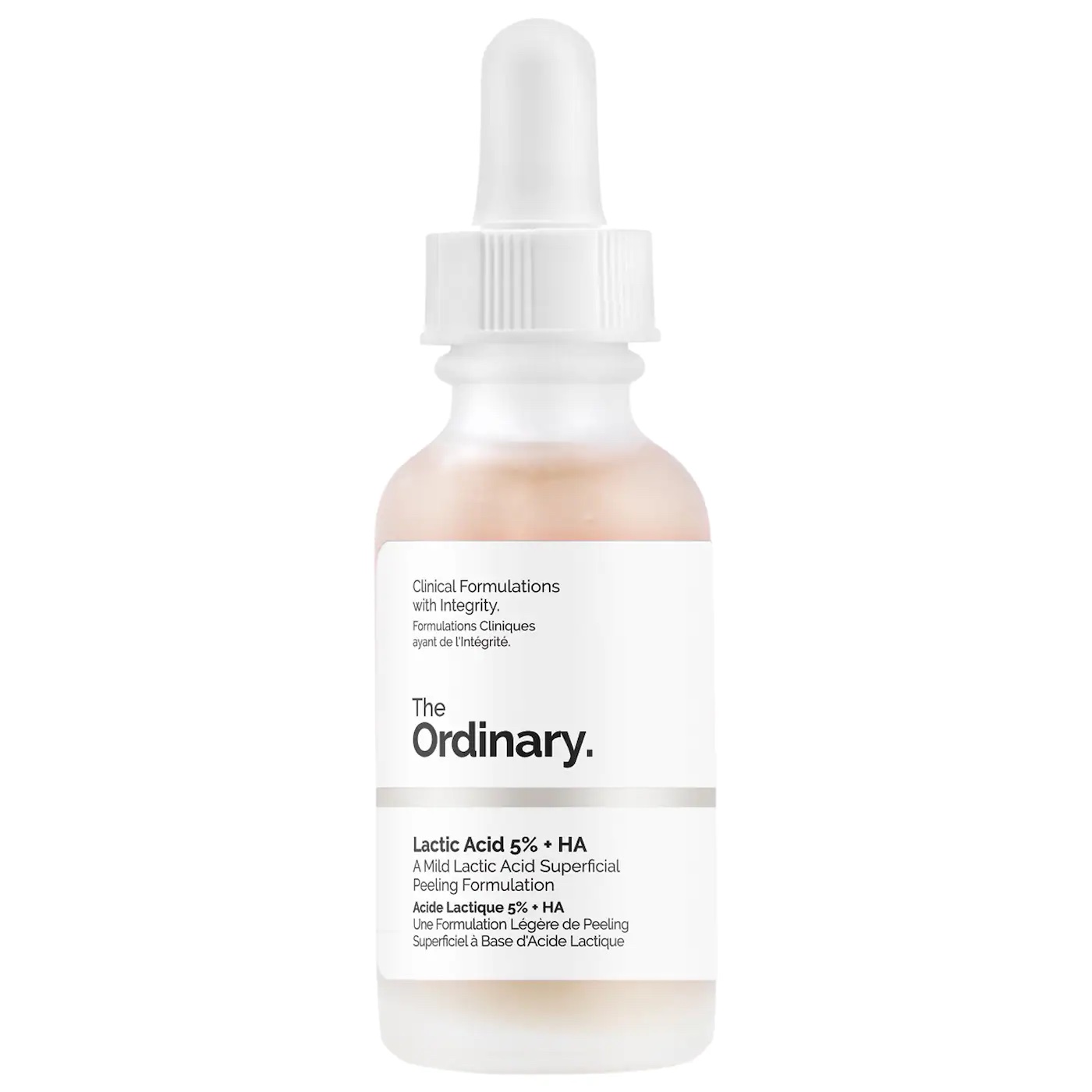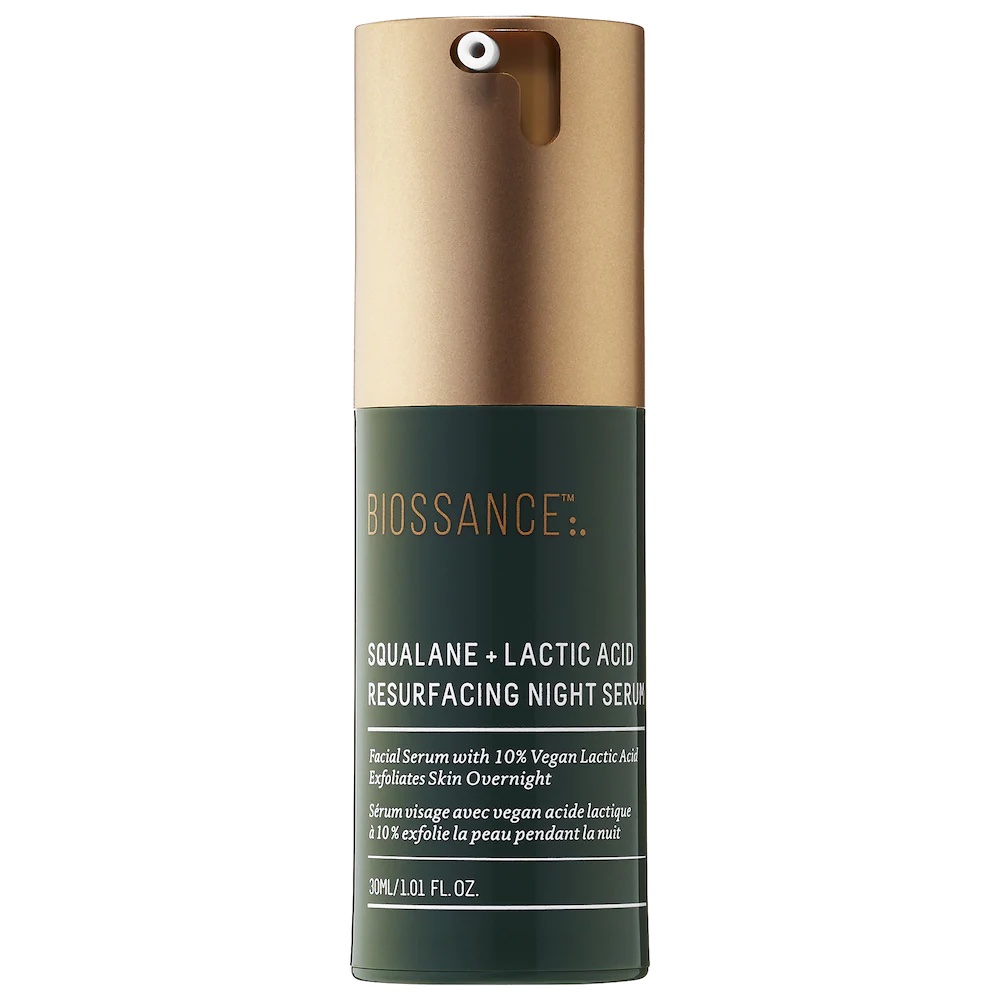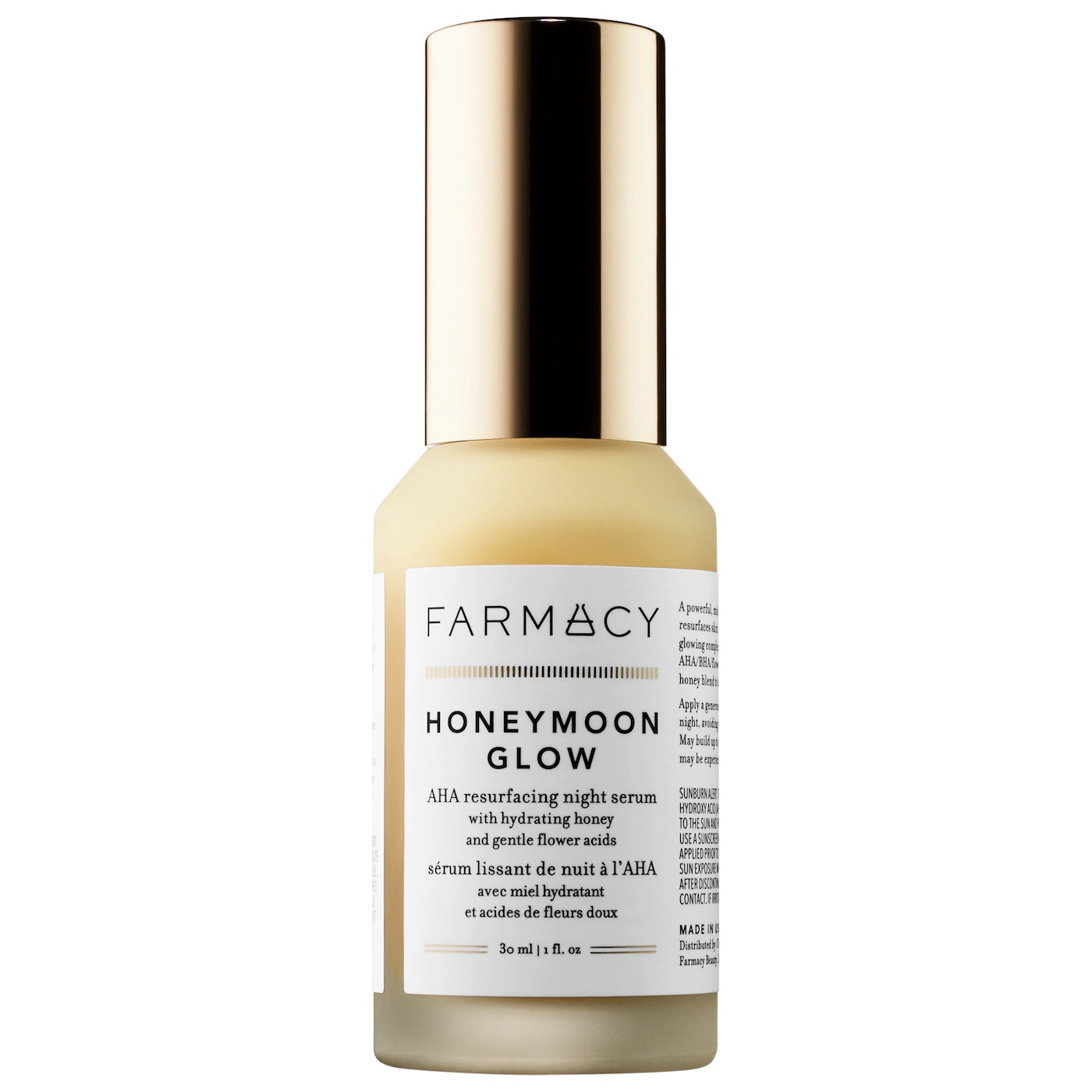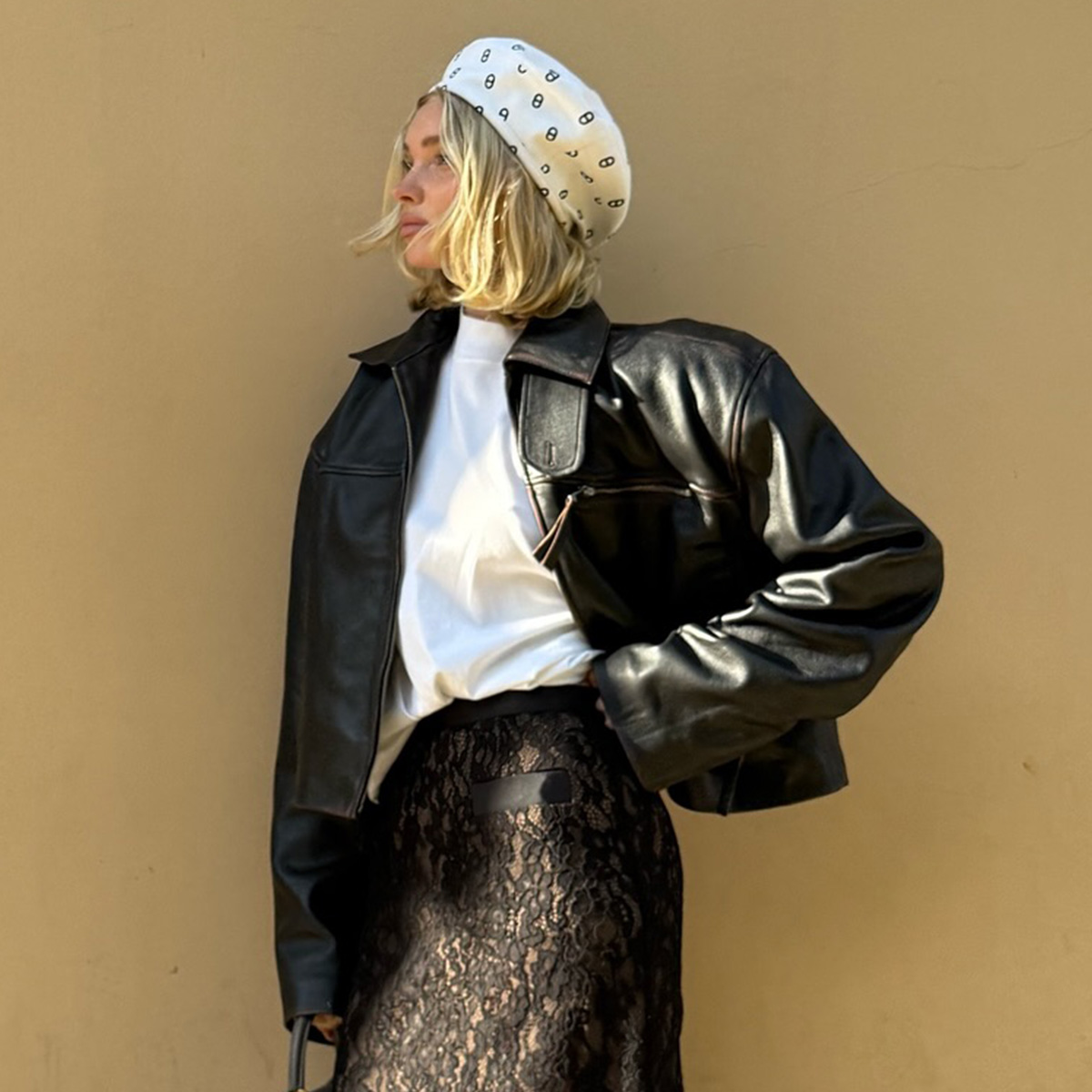Surprise! Lactic Acid Is Actually Great for Your Skin
- REVIEWS
- AUGUST 18, 2021
Surprise! Lactic Acid Is Actually Great for Your Skin
by Marianne Mychaskiw
Table of Contents
- What Is Lactic Acid, and What Does It Do?
- How to Use Lactic Acid in Your Skin Routine
- Lactic Acid–Infused Products We Love
Rough for your workout, beyond smoothing for your skin. While lactic acid is typically bad news during an aggressive cardio routine, it packs serious power when it comes to nuking those under-the-skin pimples, resurfacing uneven texture, and so much more.
Lactic acid is such a popular ingredient in skincare, that you can find it combined with a variety of ingredients, allowing the wonder element to tackle an endless variety of issues. It can be paired with other acids to deliver a peel, or with soothing ingredients like hyaluronic acid for a daily dose of gentle exfoliation. To break down exactly how lactic acid works on your skin, and how to use it in a skincare routine, we spoke to dermatologist Kenneth Mark to answer all of our pressing FAQs.
WHAT IS LACTIC ACID?
"Lactic acid is an alpha-hydroxy acid,” Mark says. "It’s typically found in milk, but a synthetic version of lactic acid is used in skincare products.”

Credit: @aishabeau
HOW DOES LACTIC ACID WORK ON SKIN?
Honestly, lactic acid kind of does the most, with a multi-pronged approach to how it works on your skin. "It serves as an exfoliant to remove the dead layer of skin cells, but also unclogs pores, lightens brown spots, and minimizes fine lines and wrinkles over time,” says Mark. "Lactic acid is also a humectant, meaning, it helps to draw moisture into the skin.” Additionally, because lactic acid can penetrate your skin at a deeper level than salicylic and glycolic acids, it’s an ideal treatment for targeting those under-the-skin cystic breakouts that take forever to surface or come to a head.
HOW OFTEN SHOULD LACTIC ACID BE USED IN YOUR SKINCARE ROUTINE?
Depending on the formulation and how sensitive your skin is, Mark notes that lactic acid can be used as often as every day when combined with soothing ingredients, whereas more active formulas that incorporate additional acids should be used every few days. Any in-office chemical peels to do the heavier lifting should be limited to once a month at most. While lactic acid can be used during the day—when paired with SPF, of course—it’s best used at night since the gentle exfoliation it provides helps to reveal a new layer of skin, which can often be sun-sensitive.
WHICH INGREDIENTS SHOULD NOT BE PAIRED WITH LACTIC ACID?
If a vitamin C serum is part of your daily routine, you might want to bench it on the days you’re using lactic acid. "It’s not ideal to combine with vitamin C, as it could destabilize it,” Mark says. "You’ll also want to avoid retinoids like retinol or tretinoin, as the lactic acid could destabilize those ingredients as well, not to mention, could dry out your skin.” If retinoids are your nightly go-to, try alternating between lactic acid on certain evenings and retinoids on others until you find your perfect balance, and always make sure to use sun protection during the day.

Credit: @jeannine.roxas
WHICH SKIN TYPES WORK BEST WITH LACTIC ACID?
Just about every skin type can benefit from a dose of lactic acid here and there, but because lactic acid is also a humectant, Mark notes that it works especially well for dry or sensitive skin types, providing a potential alternative to more aggressive AHAs/BHAs.
ARE THERE ANY SKIN TYPES THAT SHOULD AVOID LACTIC ACID?
If your complexion is especially reactive or acne-prone, Mark suggests going for a combination of salicylic and lactic acids versus lactic acid alone. "Even though it’s my preferred ingredient of choice for sensitive skin when anyone starts it, I always warn that it can cause redness or flakiness like any acid,” he says. "If it causes irritation, be aware, and scale back on use.”

Credit: @allisonmcnamara
WHAT ARE SOME LACTIC ACID-INFUSED PRODUCTS I CAN TRY?
Because lactic acid works to address so many common skin concerns, you can find it used in different formulas at a variety of price points. Here are a few of our favorites…
AMLACTIN
"This is one of my favorite secret weapons to help dry skin, especially on the hands where the skin can look wrinkled and atrophic,” Mark says. "It’s also great for eczema because it soothes and hydrates while getting rid of flaky dryness, and improving the barrier function of the skin.”
SUNDAY RILEY GOOD GENES LACTIC ACID TREATMENT
This potent blend of lactic acid, licorice, lemongrass, and prickly pear extract works overtime to minimize pores, hyperpigmentation, and fine lines in one fell swoop. Choose your own adventure by using it as a 15-minute rinse-off mask or as an overnight treatment.
RENEE ROULEAU ANTI-BUMP SOLUTION
Gone are the days of waiting for those painful, cystic bumps to come to a head (or even worse, picking at them until they do). A thin layer of Renee Rouleau’s lactic acid–rich spot treatment kicks those under-the-skin bumps into submission until the skin is completely flat but can also be used on surface-level breakouts.
TATCHA THE DEWY SERUM RESURFACING & PLUMPING TREATMENT
Consider Tatcha’s line-minimizing formula the Photoshop blur tool in a bottle. Lactic acid helps to smooth over wrinkles and fine lines, while the brand’s patented blend of squalane and hyaluronic acid plumps up skin while providing moisture.
AMLACTIN ULTRA SMOOTHING INTENSELY HYDRATING CREAM
"This formulation of Amlactin is perfect for those with extra-dry skin because of emollients like mineral oil and petrolatum,” Mark says.
THE ORDINARY LACTIC ACID 10%
Light on your wallet but heavy-hitting on breakouts, fine lines, and dark spots alike. The Ordinary’s lactic acid serum contains a 10% concentration of the active ingredient, but thanks to the water-based formula and the addition of hyaluronic acid, you don’t have to worry about feeling the burn.
BIOSSANCE SQUALANE + 10% LACTIC ACID RESURFACING NIGHT SERUM
Because squalane—Biossance’s hero ingredient—is so similar in structure to your skin’s natural sebum, even ultra-sensitive complexions are more able to tolerate the lactic acid, and can better drink it in for a smoother, more radiant finish.
FARMACY HONEYMOON GLOW
In addition to the lactic acid, Farmacy’s formula blends other flower-derived AHAs to provide some gentle exfoliation, while BHAs sourced from willow bark help minimize pore size. A side of hyaluronic acid and the brand’s honey blend provides extra moisture to take the potential edge off of the acids.
Up Next: SkinCeuticals' C E Ferulic Serum Is as Life-Changing as Everyone Says It Is
-
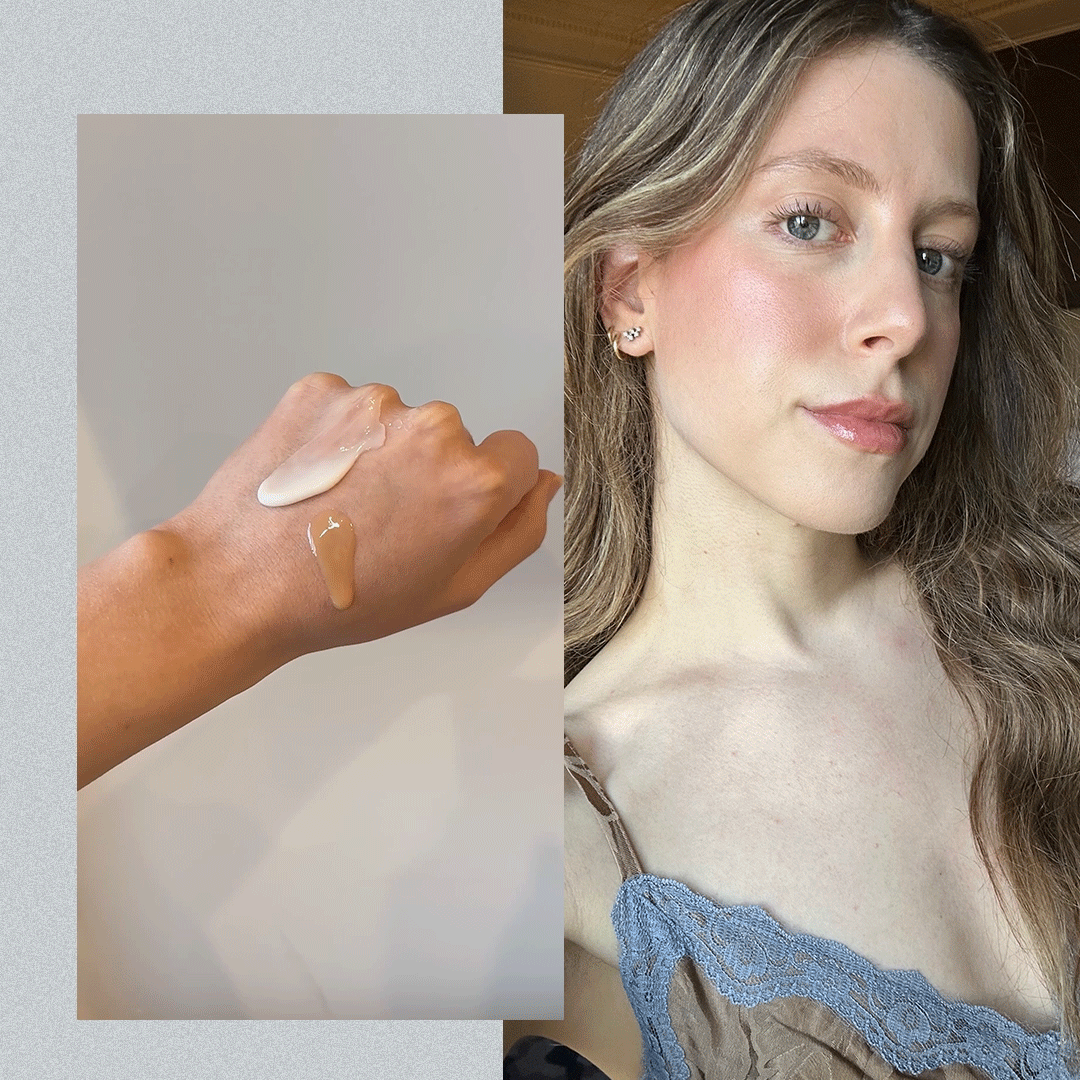 I Traveled 3635 Miles to Learn How to Get Rid of My Dark Spots—5 Game-Changing Tips
I Traveled 3635 Miles to Learn How to Get Rid of My Dark Spots—5 Game-Changing TipsHow far would you go for clear, smooth skin?
By Jamie Schneider
-
 A Derm Just Told Me This Under-Hyped Ingredient Can Replace My Growth Factor and Exosome Serums
A Derm Just Told Me This Under-Hyped Ingredient Can Replace My Growth Factor and Exosome SerumsIt truly does it all.
By Shawna Hudson
-
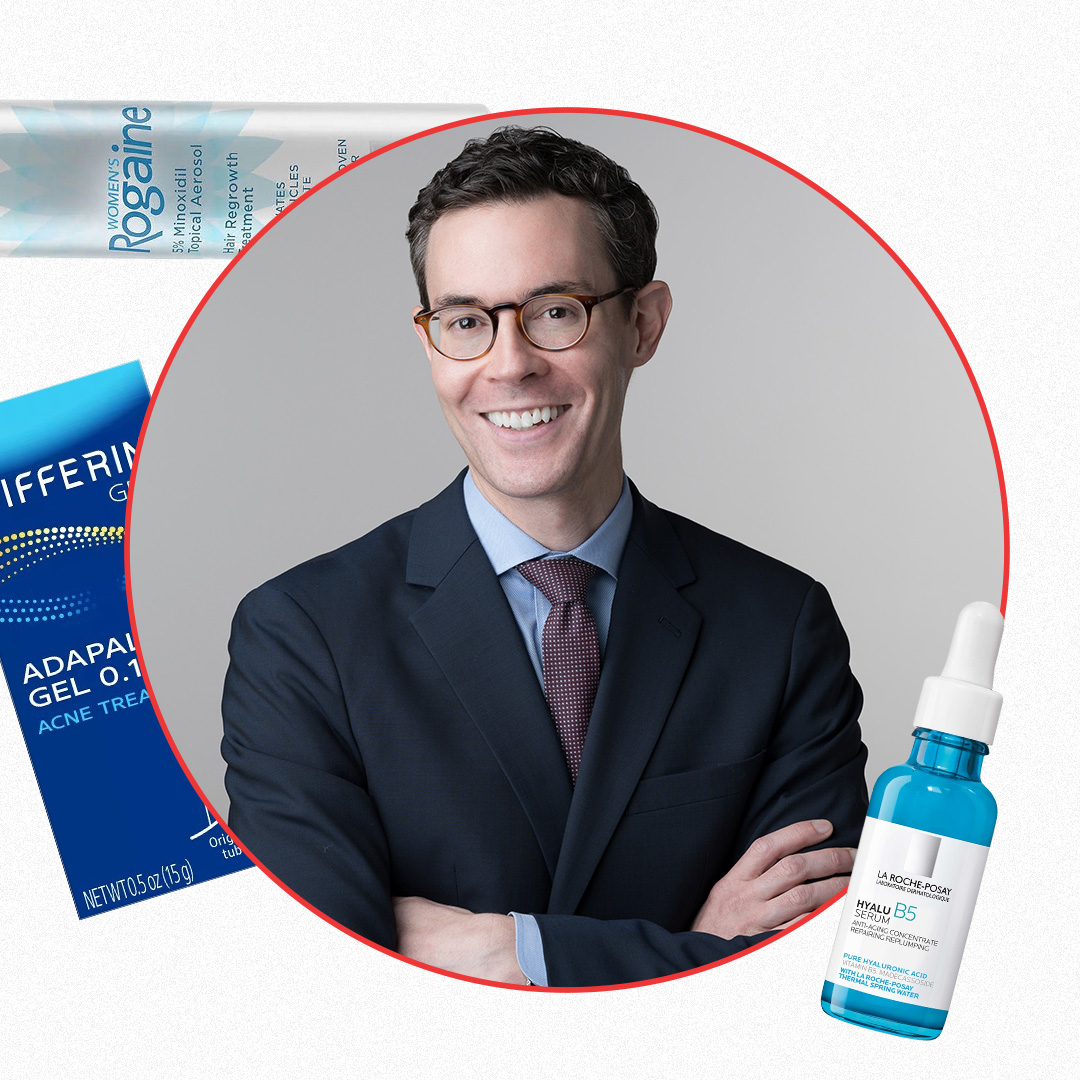 I'm a NYC Derm With Access to Spendy Treatments, But I Constantly Recommend These $40-or-Less Products
I'm a NYC Derm With Access to Spendy Treatments, But I Constantly Recommend These $40-or-Less ProductsYour expert-vetted shopping list. (No appointment necessary.)
By Kaitlyn McLintock
-
 2000 People Have Waited for This Injector-Developed Lip Plumper That Rivals Filler—It's Finally Here
2000 People Have Waited for This Injector-Developed Lip Plumper That Rivals Filler—It's Finally HereEveryone wants to try Dr. Whitney Bowe's newest product.
By Kaitlyn McLintock
-
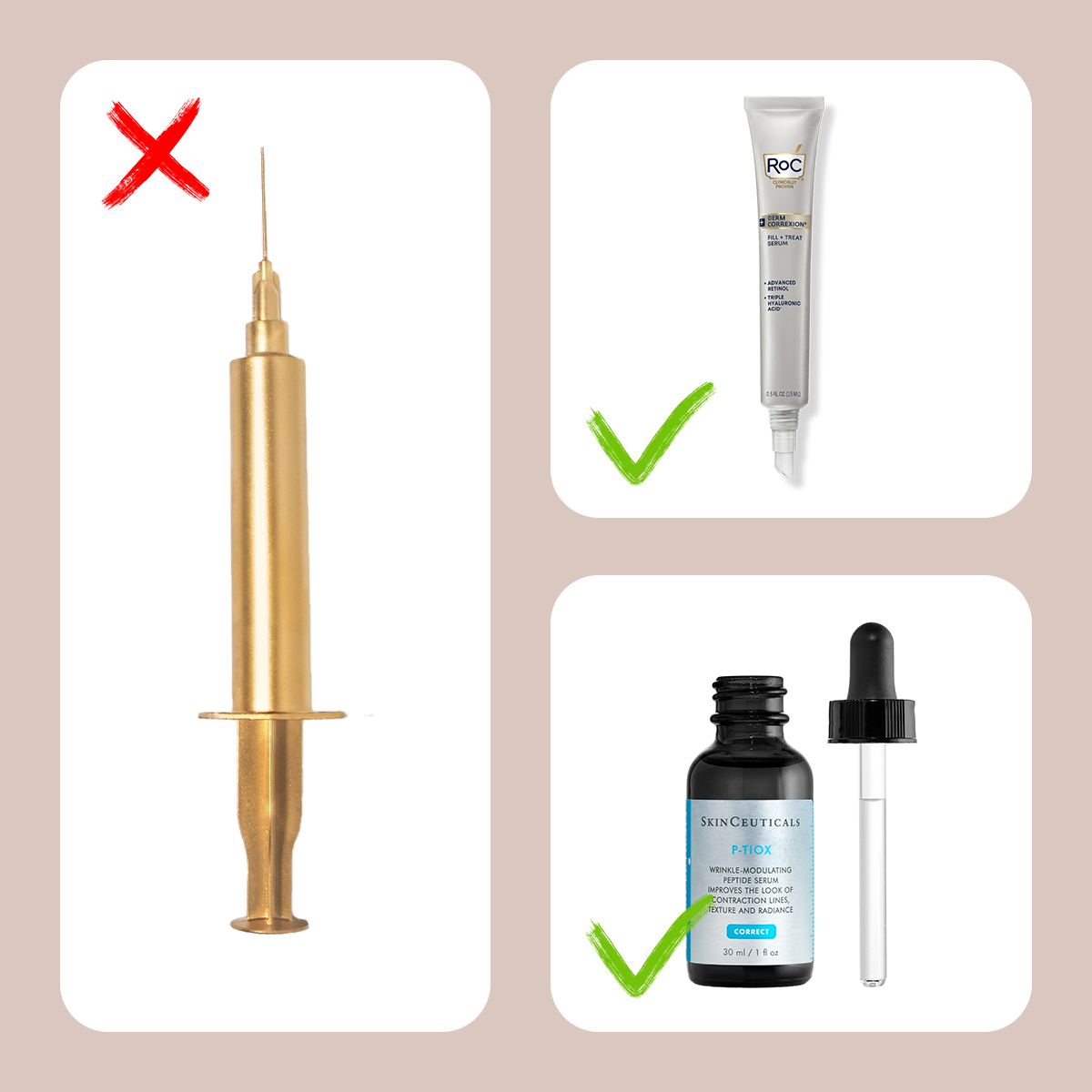 "Notox" Is Trending—Here's How Far Botox Alternatives Can Go, According to Experts
"Notox" Is Trending—Here's How Far Botox Alternatives Can Go, According to ExpertsTo inject or not to inject?
By Kaitlyn McLintock
-
 Instagram's Fave Derm Says This Device Is Her Best-Kept Travel Secret for Kicking Dry, Irritated Skin
Instagram's Fave Derm Says This Device Is Her Best-Kept Travel Secret for Kicking Dry, Irritated SkinShereene Idriss calls it "incredibly helpful."
By Kaitlyn McLintock
-
 Buh-Bye, Fine Lines! These 20 Squalane Skincare Products Are All You Need for a Strong Skin Barrier
Buh-Bye, Fine Lines! These 20 Squalane Skincare Products Are All You Need for a Strong Skin BarrierTake notes.
By Maya Thomas
-
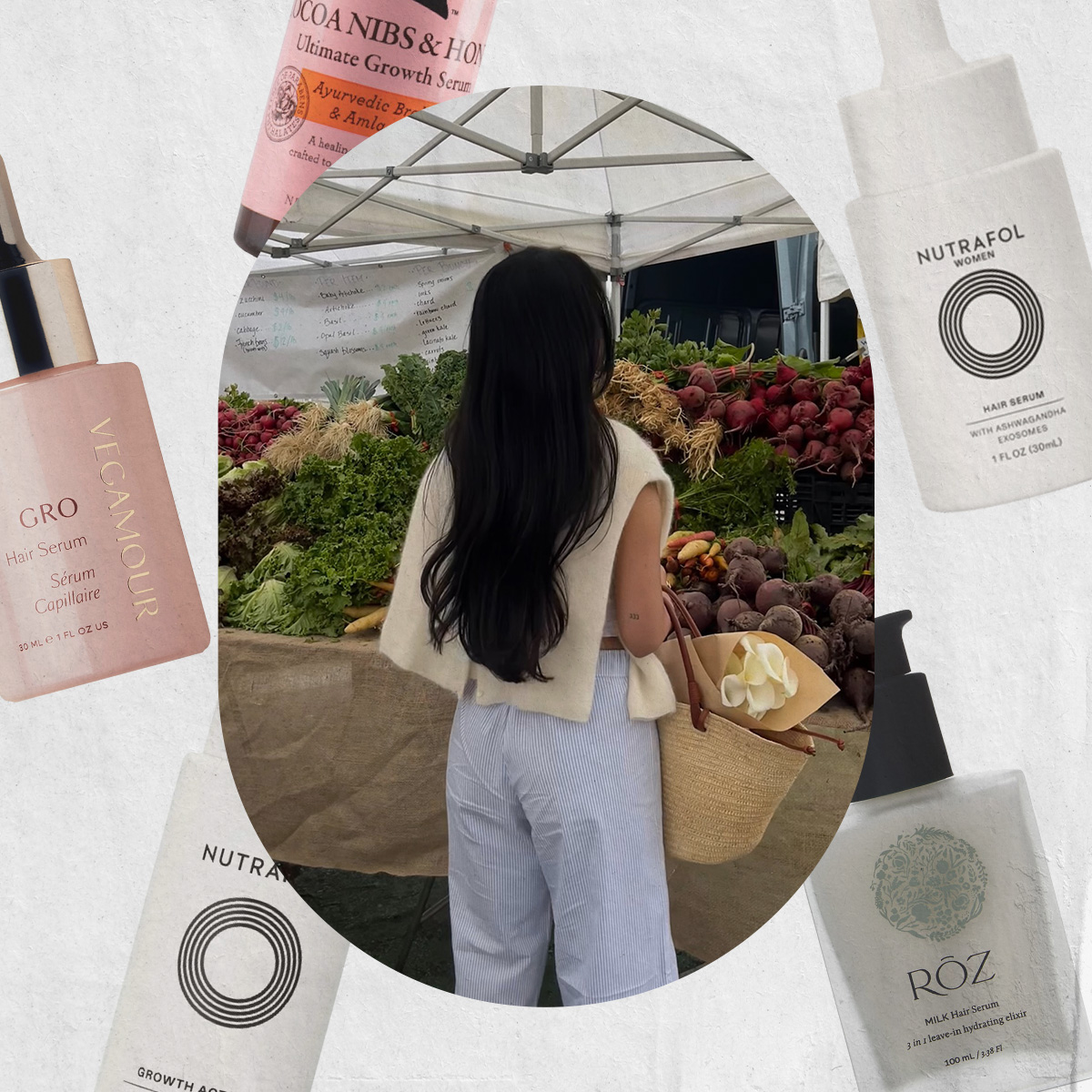 Experts, Editors, and the Internet Agree: These 12 Serums Unlock Hyper-Speed Hair Growth
Experts, Editors, and the Internet Agree: These 12 Serums Unlock Hyper-Speed Hair GrowthLong! Strong! Healthy!
By Kaitlyn McLintock
